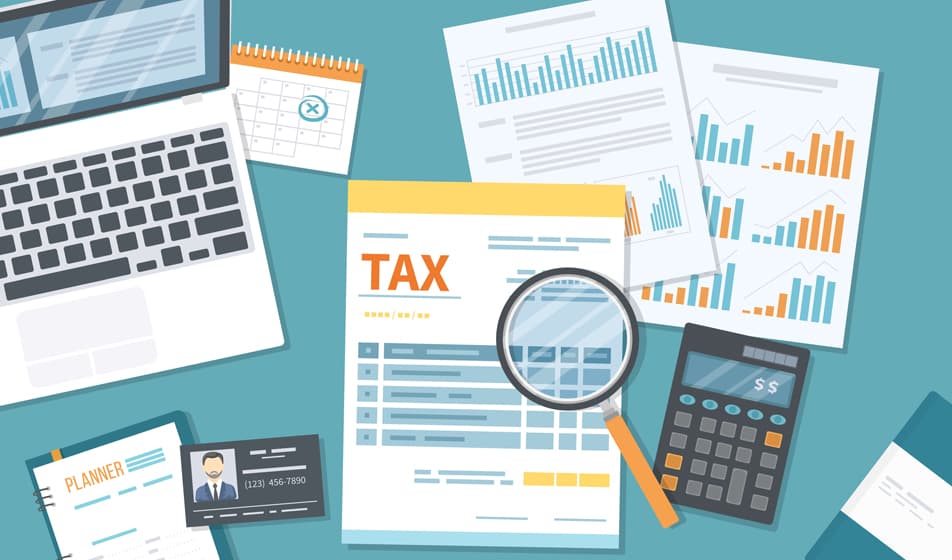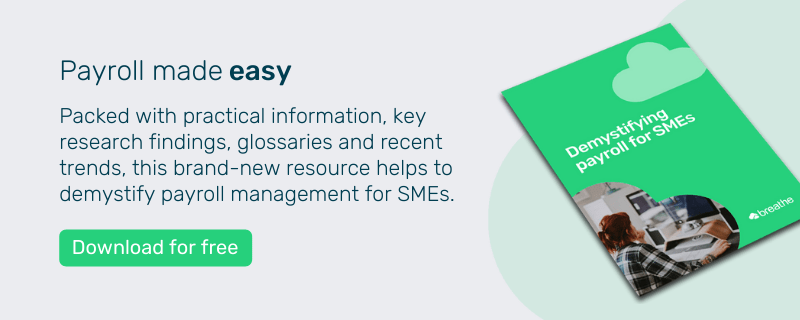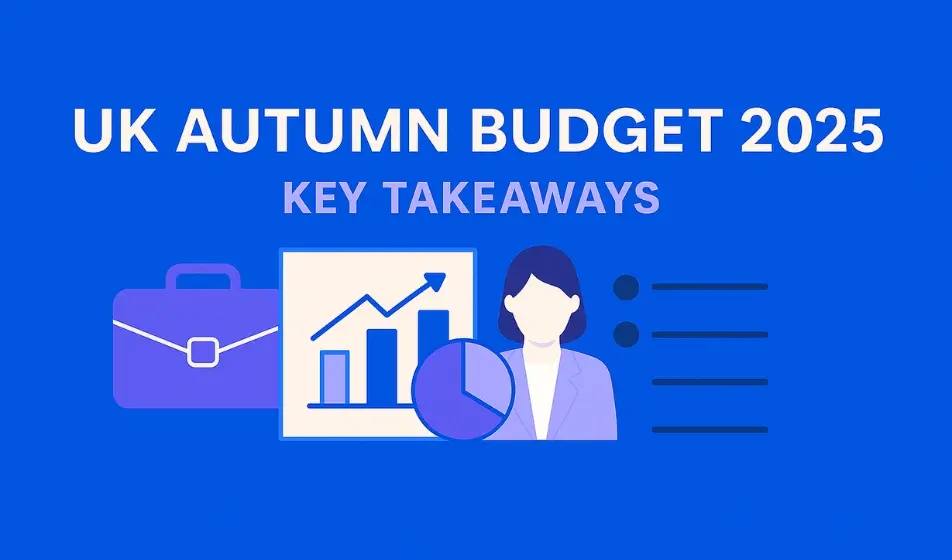As an employer or HR professional, you're likely to have heard about some big changes in the HR world relating to IR35.
As we entered the first weeks of the COVID-19 pandemic, the government announced that it would be temporarily suspending the changes and specifically, those relating to off-payroll working (IR35). As of 6th April 2021 however, planned changes have now been made. In this article, we'll outline what the IR35 legislation means, and what you need to know about the new rules and what these mean for businesses.
What is IR35?
IR35 refers to a piece of legislation that was introduced back in 2000 to prevent what's known as 'disguised employment'.
If a business hires a worker as a contractor rather than through the payroll, they save themselves the job of paying National Insurance, and don't need to provide employee benefits either.
Contractors are said to earn more than employees, too, so hiring workers in this way could be seen as a win-win.
Because of this, the contractor (and the company) may take advantage of the preferential tax rates - when in reality the way they work is no different to that of a fully-fledged employee.
So, when IR35 was brought in 20 years ago, it added an extra step to assess a contractor's role and to determine whether they need to pay tax or not.
What are the new changes?
As of 6th April 2021, HMRC's reforms affect large and medium sized businesses in the private sector.
Private sector businesses will now adopt the rules for the public sector which were originally implemented in 2017. These businesses will need to determine themselves whether a contractor is to sit inside or outside of IR35.
This will be the case for all businesses in the private sector, unless they satisfy two or more of the following:
- They have less than £5.1 million in assets
- Their turnover is £10.2 million or less
- They employ 50 people or less
(2022 update: planned changes to repeal the off-payroll IR35 reforms have been scrapped.)
What does this mean for SMEs?
 We spoke to Sophie Forrest, managing director of Gold Breathe Partner, Forrest HR, for her perspective on what small to medium-sized businesses need to know about the upcoming changes to rules around off-payroll working.
We spoke to Sophie Forrest, managing director of Gold Breathe Partner, Forrest HR, for her perspective on what small to medium-sized businesses need to know about the upcoming changes to rules around off-payroll working.
"Small businesses need to check the status of their workers using the online HRMC test, to ensure they are genuine workers and not employees." says Sophie.
"It's important that small businesses take control of this, even if they are confident that a contract for services is in place. They need to make sure they're ‘safe’ and have the arrangement recorded in writing."
"This is because an HMRC inspector will attempt to disregard the written contract in force between the worker and the business and use the actual nature of the working relationship to create a ‘notional contract’ if the relationship is being used incorrectly."
"Our advice is to check the status online and speak to an expert if there any concerns about individuals within the business. You can also download our useful IR35 factsheet for guidelines on the legislation."
Key actions for SMEs
- As of 6th April 2021, If you're in a position where you need to determine the employment status of your contractors, this is compulsory.
- You can use the online HMRC tool if you're unsure whether a contractor sits inside or outside of IR35.
- You'll need to confirm this decision by providing a Status Determination Statement (SDS) to your contractor(s) and keeping a copy for the business, too. If an agency is involved, you'll need to give them a copy of the SDS, too.
- Review your payroll systems, as you'll need to enrol contractors within IR35 for tax, NI, P45 and P60s.
 We spoke to Simon Mason, director at Simas Accounting & Tax, who explained:
We spoke to Simon Mason, director at Simas Accounting & Tax, who explained:
"Our advice is for businesses to satisfy themselves that these workers are truly sub-contractors and keep evidence of examples where this is proven.
"The underlying principles of the difference between employees are sub-contractors are ultimately concerning where the risk or rewards lie.
"It is important to note that it is not what 'should' happen, but what 'does' happen. Contracts are all well and good, but it's the reality that matters.
How can Breathe help?
By investing in intuitive, cloud-based HR software like Breathe, you're able to:
- Store all your people's information in one, secure place - and differentiate between contractors and employees, too
- Export payroll-ready data
- Keep contracts and documents all in one place
Why not jump on a demo and find out more?
.webp)
Author: Sarah Benstead
Sarah is a Product Marketing Specialist here at Breathe. Always innovating, she loves writing about product releases in an engaging & informative way. When she's not coming up with new ideas, she enjoys long walks with her dog, Clifford.




